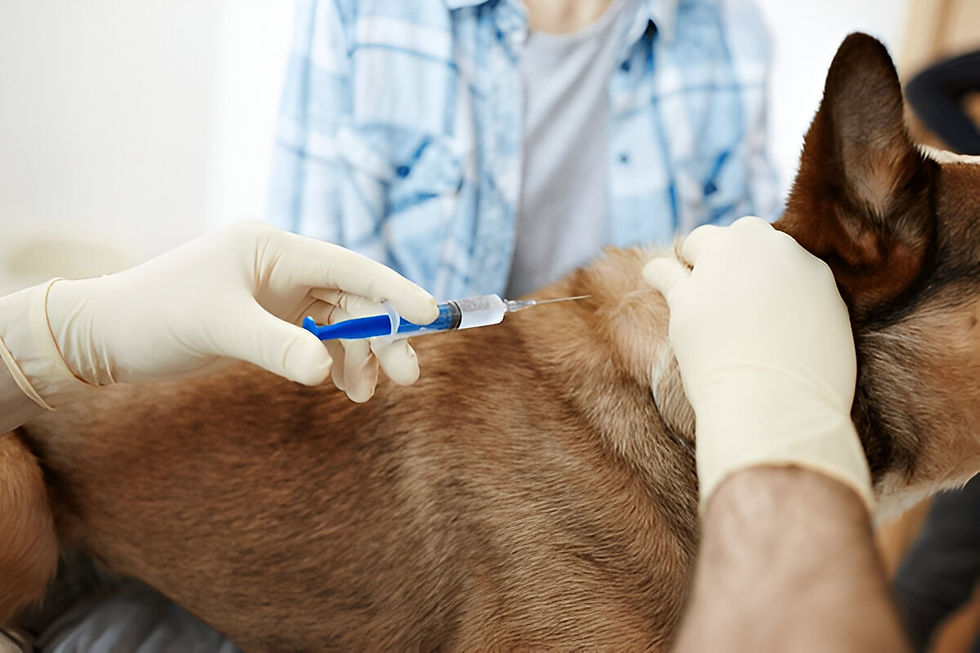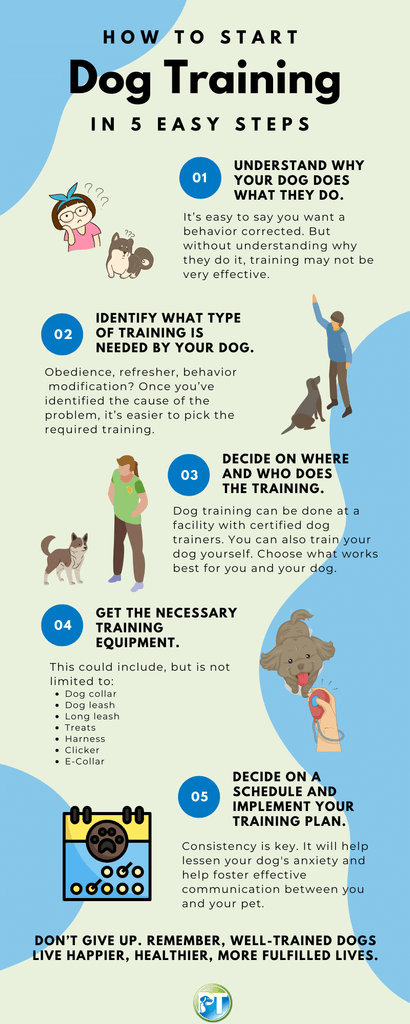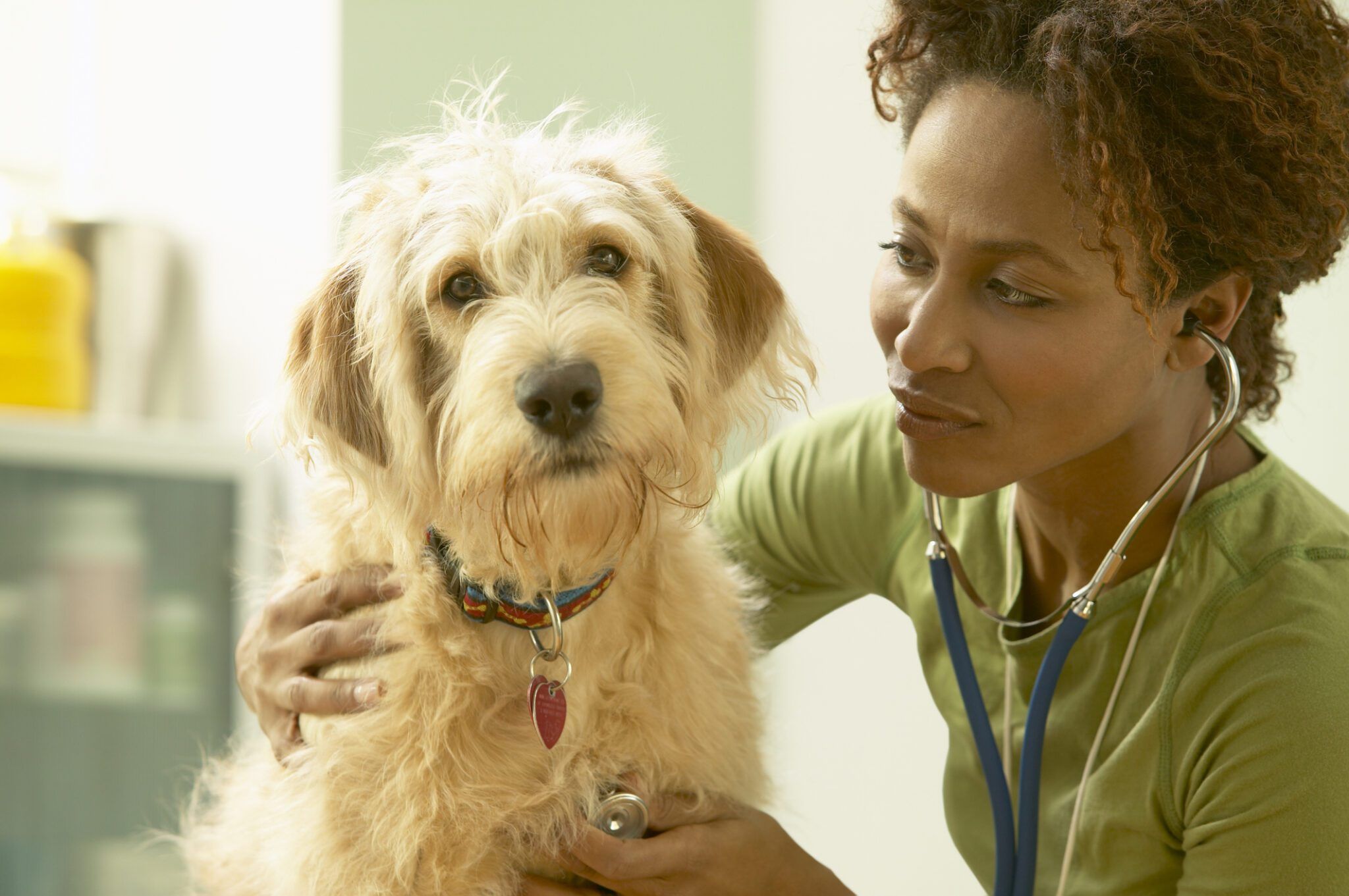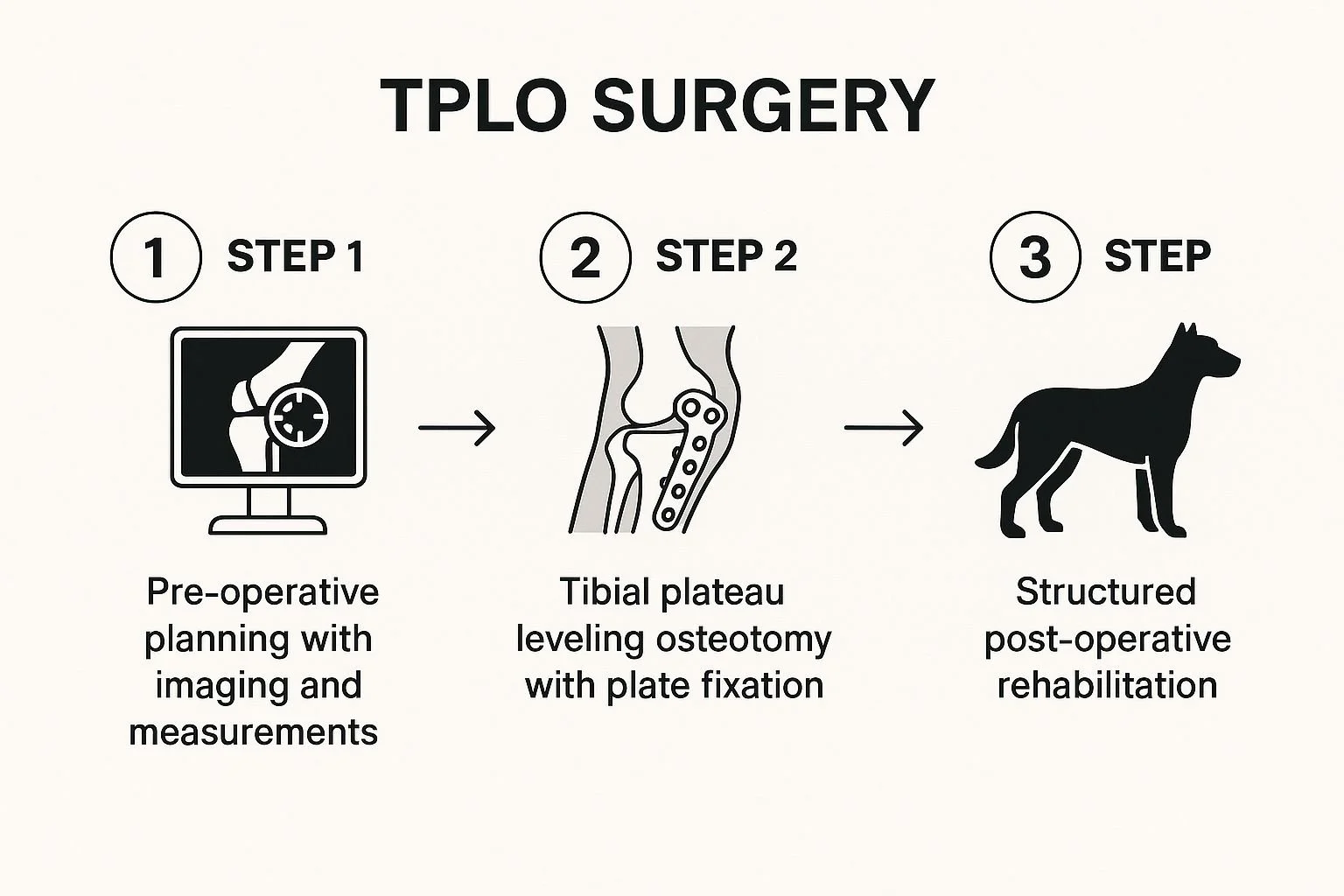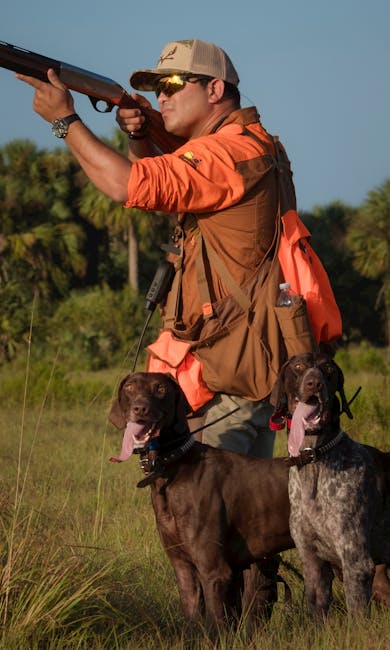Are you wondering when the best time is to start obedience training for your dog? Getting this right can make all the difference in how well your dog listens and behaves.
Starting too late might mean more frustration for both of you, while starting early can build a strong bond and create a happy, well-mannered companion. You’ll discover the perfect timing to begin training, practical tips to make it easier, and how to avoid common mistakes.
Keep reading to unlock the secrets that will help you and your dog enjoy a smoother, more joyful life together.
Ideal Age To Begin Training
Puppies can begin simple obedience training as early as eight weeks old. Early training helps build good habits and strengthens your bond. Consistency and patience are key during these first learning stages.
Starting obedience training at the right age is crucial for shaping a well-behaved and happy dog. But when is the ideal time to begin this journey? By understanding the nuances between training puppies and adult dogs, as well as recognizing signs that your dog is ready, you can make informed decisions that benefit both you and your furry friend.
Training Puppies Vs Adult Dogs
Training a puppy is often seen as easier due to their natural curiosity and eagerness to learn. Puppies are like sponges, absorbing new experiences rapidly. Beginning as early as eight weeks can set a solid foundation. Adult dogs, on the other hand, might come with ingrained habits. But don’t worry! They are still capable of learning and can be trained successfully. Patience and consistency are key when working with adult dogs. Whether you’re starting with a puppy or an adult dog, the approach can differ. Have you considered how your dog’s age might affect their learning process?
Signs Your Dog Is Ready
Your dog’s readiness for training is evident through several signs. If your pup is showing interest in their surroundings and responding to basic commands like “sit” or “stay,” they are ready. Adult dogs may show readiness through their eagerness to please and adapt to new environments. If your adult dog is attentive and seems eager to engage, it’s a green light. Observing these signs can provide reassurance and guide you in tailoring your training approach. Are you watching for these signs in your dog?
Benefits Of Early Training
Starting obedience training early brings many benefits for both dogs and owners. Puppies learn quickly and adapt well at a young age. Early training helps set clear rules and expectations. This creates a calm and happy environment. It also makes future training easier and more effective.
Building A Strong Bond
Training sessions create special time with your dog. This time builds trust and respect. Dogs enjoy learning with their owners. Positive interactions during training deepen your connection. A strong bond helps dogs feel safe and loved. It also encourages them to listen and obey commands.
Preventing Behavioral Issues
Early training stops bad habits before they start. Puppies learn what behavior is acceptable. This reduces problems like biting, chewing, and barking. Clear rules help dogs understand their limits. Training also teaches good manners around people and other animals. Preventing issues early saves stress and frustration later.
Key Training Techniques
Mastering key training techniques can make obedience training a smooth and rewarding journey for both you and your dog. Understanding the right approach helps your dog learn faster and enjoy the process. Let’s look at two essential techniques that can transform your training sessions.
Positive Reinforcement
Positive reinforcement means rewarding your dog when they do something right. This encourages them to repeat good behavior. Rewards can be treats, praise, or playtime—whatever motivates your dog the most.
Think about the last time your dog learned a new trick. Was it because you rewarded them immediately? That quick reward builds a strong connection between the action and the positive outcome.
Try to catch your dog doing something good often. This helps them understand exactly what you want without confusion or fear. It’s a simple way to build trust and cooperation.
Consistency And Patience
Consistency in commands and routines helps your dog know what to expect. Use the same words and gestures every time you train. Changing signals can confuse your dog and slow progress.
Patience is just as important as consistency. Dogs learn at different speeds, and rushing can lead to frustration for both of you. Remember, small steps lead to big results.
Have you ever noticed how a calm and steady approach helps your dog stay focused? Your calmness teaches them that learning is safe and fun. Keep your training sessions short and frequent to maintain their interest and energy.
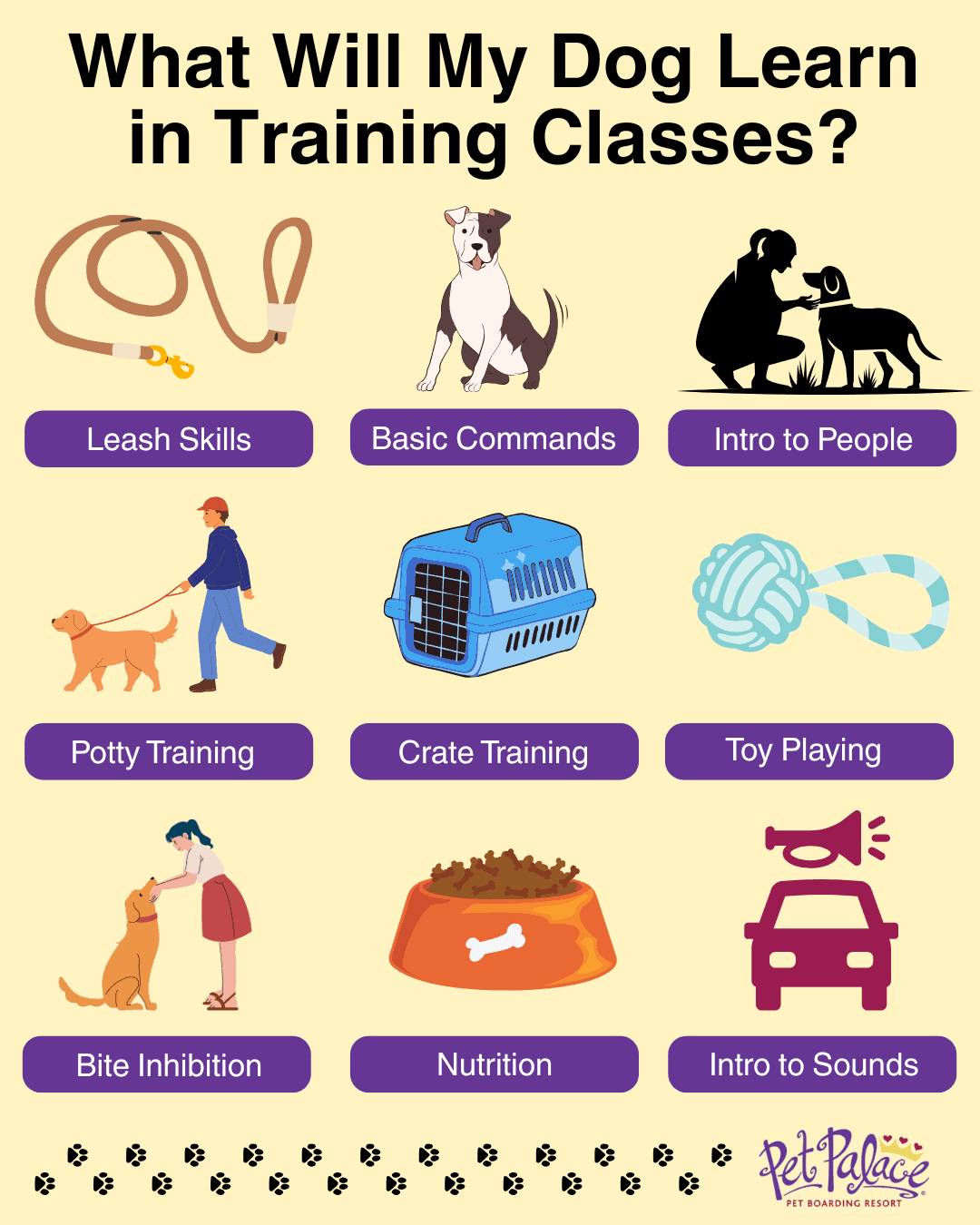
Credit: www.petpalaceresort.com
Common Challenges And Solutions
Obedience training often comes with hurdles that can test your patience and commitment. Understanding common challenges helps you prepare and respond effectively. Here, you’ll find practical solutions to some of the most frequent issues dog owners face during training.
Dealing With Distractions
Distractions can derail your dog’s focus quickly. Whether it’s a noisy street, other animals, or even toys, these interruptions make it tough for your dog to listen.
Start training in a quiet, controlled space. Gradually introduce distractions one at a time, rewarding your dog for staying attentive. For example, practice commands indoors before moving to a busy park.
Ask yourself: Are you rewarding your dog the moment they refocus? Timing is key to reinforcing good behavior amid distractions.
Managing Stubborn Behavior
Some dogs push limits more than others, testing your resolve. Stubbornness often comes from confusion or lack of motivation, not just defiance.
Break tasks into smaller steps and celebrate small wins. Use high-value treats or favorite toys as rewards to boost motivation. A personal tip: switching up rewards kept my dog eager and cooperative during tough sessions.
Consider whether your dog is tired, hungry, or anxious—these affect their willingness to cooperate. What could you change in your approach to make training more enjoyable for your dog?
Tools And Resources
Starting obedience training for your dog needs the right tools and resources. These tools help make training easier and more effective. Choosing the correct equipment and knowing where to find support can boost your dog’s learning.
Training Equipment
Good training equipment sets the stage for success. Basic items include:
- Leash and collar for control and safety
- Treats to reward good behavior
- Clicker for clear communication
- Training mat to mark a specific spot
- Toys to keep your dog engaged
Equipment should fit your dog well. Avoid anything that causes discomfort. Use positive reinforcement tools to encourage learning. Keep treats small and tasty for quick rewards.
Professional Classes
Professional classes offer expert guidance and socialization. Trainers teach you how to handle different behaviors. Group classes help dogs learn with others around. Private sessions allow personalized training plans.
Classes provide structure and consistency. They can address specific problems early. Trainers also show how to read your dog’s body language. This insight improves communication and training results.
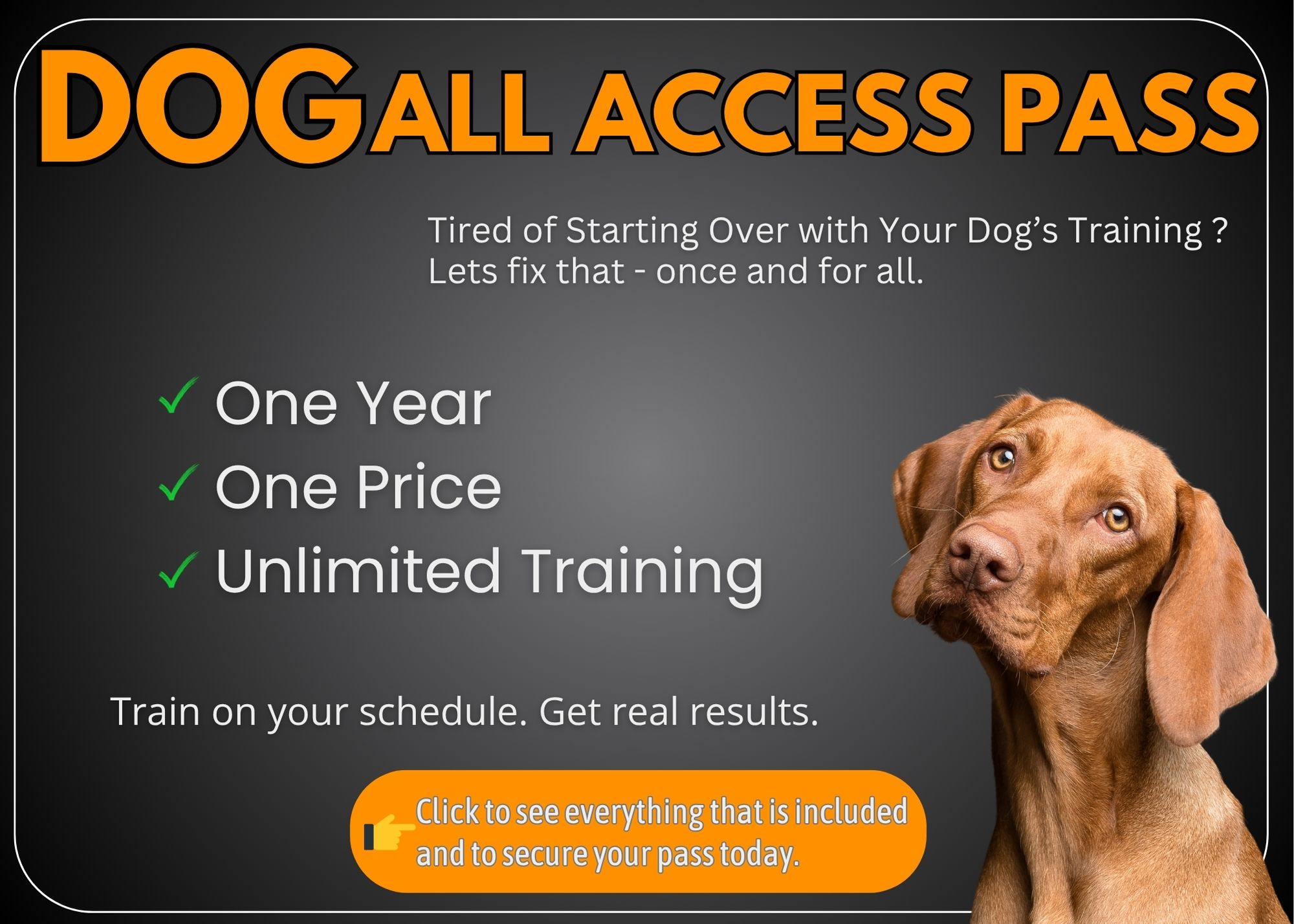
Credit: dogwizard.com
Maintaining Obedience Over Time
Maintaining obedience over time is key to a well-behaved dog. Training is not just a one-time event. It requires ongoing effort to keep your dog responsive and happy. Consistency and adaptation play vital roles in this process.
Regular Practice
Practice makes perfect. Daily short sessions help reinforce commands. Keep training fun and positive to hold your dog’s attention. Use simple rewards like treats or praise. Regular practice prevents bad habits from forming.
Adapting To Your Dog’s Growth
Dogs change as they grow. Their needs and abilities evolve. Update training techniques to match your dog’s age and energy level. Younger dogs need more basic commands. Older dogs may learn more complex tasks. Adjust training pace to suit their health and mood.
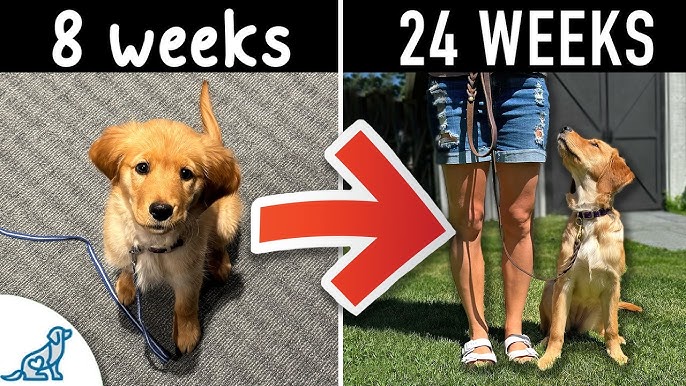
Credit: m.youtube.com
Frequently Asked Questions
When Is The Best Age To Start Dog Obedience Training?
The ideal age to start obedience training is 7 to 8 weeks old. Early training helps puppies learn commands and social skills effectively. Starting young builds a strong foundation for good behavior throughout their life.
How Long Does Basic Obedience Training Take?
Basic obedience training typically takes 6 to 8 weeks. Consistency and daily practice speed up learning. Results depend on the dog’s age, breed, and training frequency.
Can Older Dogs Learn Obedience Commands?
Yes, older dogs can learn obedience commands. While puppies learn faster, adult dogs benefit from training too. Patience and positive reinforcement make training successful at any age.
Why Start Obedience Training Early For Puppies?
Starting early prevents bad habits and encourages good behavior. Puppies are more receptive to learning during their critical socialization period. Early training improves communication between you and your dog.
Conclusion
Starting obedience training early helps dogs learn good behavior faster. Puppies absorb lessons quickly and enjoy training sessions more. Consistency and patience are key to success. Training builds trust between you and your dog. It also keeps your dog safe and happy.
Waiting too long may cause bad habits to form. Begin training as soon as your dog comes home. Small, regular sessions work best for both of you. Remember, every dog learns at its own pace. Early training sets the foundation for a well-behaved pet.

